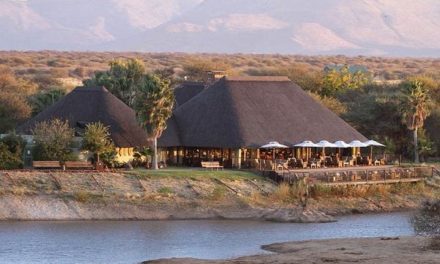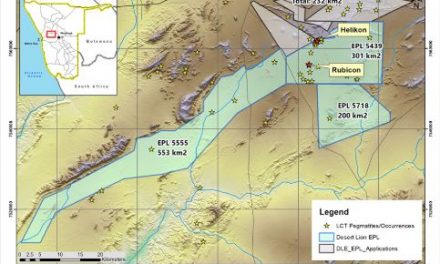
All systems go at Xaris
With no official response from Nampower nor the Ministry of Mines and Energy about the alleged cancellation of the Xaris Power Station, communication established with Xaris seems to indicate that construction activities are expected to start once a due-diligence process between various lenders has been completed.
Newsmaker Nampower this week referred the Economist to the energy ministry while Xaris Managing Director Hennie Steyn spoke about Walvis Bay, procurement, location and gas.
Said Steyn “the construction of the power plant will start after Financial Close and contract signing with the lenders, who are currently completing the due-diligence process. The Engineering Procurement and Construction contractor and the equipment supplier (General Electric) have already commenced with works on the risk in order to keep the July 2016 deadline for power production.”
Steyn explained that a detailed schedule had been prepared which includes a procurement plan, the delivery of long-lead equipment and the construction of civil, mechanical, and electrical infrastructure and commissioning which will run in parallel work streams over the next 12 to 15 months. “The key drivers to date have been the securing of the floating storage and regasification unit from supplier Excelerate Energy and the delivery of the generators from General Electric. The initial two are scheduled to come off the production line in August 2015.”
Added Steyn “the construction phase will require a ramp-up of employees, with the potential for up to 400 individuals during the main construction activities.” Turkish outfit GKE, a subsidiary of Garanti Koza will be responsible for the engineering, procurement and construction (EPC) of the power plant said Steyn.
“GKE is a company with a wealth of experience in performing EPC contracts with General Electric LM6000 gas turbines.”
According to Steyn, the gas required for the operation of the power plant will be imported as Liquefied Natural Gas and will be delivered through Liquefied Natural Gas Carrier vessels with a capacity of 127,000m3 to 151 ,00 m3 every 6 to 8 weeks upon which it will be stored in the floating storage and regasification unit and replenished in accordance to demand forecasts for power consumption.
Asked why Xaris did not consider importing gas from Mozambique or South Africa, Steyn responded “the Southern African Power Pool is constrained therefore evacuating power from South Africa can be problematic. The real value of having natural gas available in Walvis Bay will contribute to the growth of the local economy.”
Added Steyn “a further consideration was to put infrastructure in place that may allow the growth of other industries in desperate need of a stable energy source.
“Walvis Bay is geographically the best location due to its natural secluded bay with the most suitable metocean conditions for this type of infrastructure.”












































